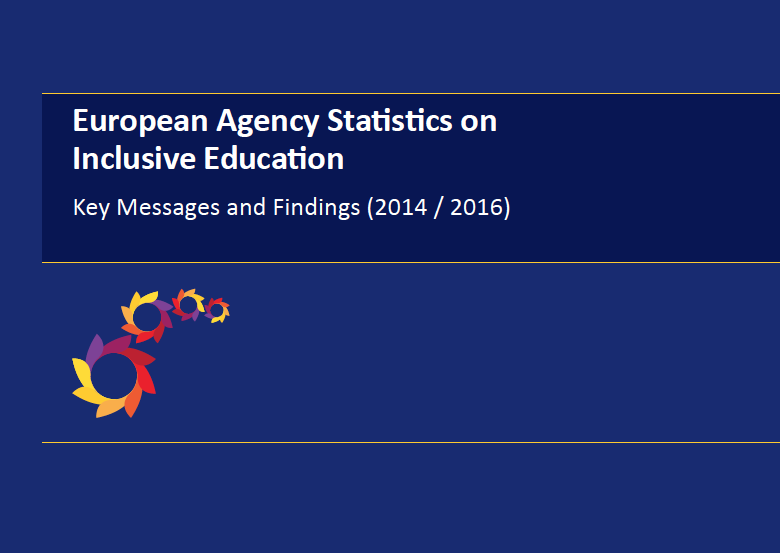The new EASIE Key Messages and Findings (2014 / 2016) report highlights 10 key messages and the main findings from the first two European Agency Statistics on Inclusive Education datasets and Cross-Country Reports:
This report provides an overarching interpretation of the 2014 and 2016 datasets which are important for the Agency member countries' work.
All member countries are working towards inclusive education
An encouraging key message highlights that the data collected supports the assertion from other areas of Agency work that inclusive education is a policy vision being worked towards by all member countries. In relation to learners with an official decision of SEN, member countries are implementing this vision in different ways and to different extents.
Equity Issues
The report also reveals the main findings in relation to five equity issues that the EASIE work has been developed to examine. These equity issues are:
- Access to mainstream education - What proportion of learners go to mainstream school?
- Access to inclusive education - What proportion of learners spend the majority of their time with their peers in mainstream classrooms?
- Placement of learners with an official decision of SEN - Where are learners with an official decision of SEN placed for their education?
- Gender breakdowns of data on placement of learners with an official decision of SEN - What are the differences in the rates of identification and placement of girls and boys with an official decision of SEN?
- ISCED level breakdowns of data on placement of learners with an official decision of SEN - What are the differences in the rates of identification and placement of learners between ISCED 1 and 2?
The report also presents the background to the overall EASIE work. Translations into all Agency languages will be available in spring 2019.
In addition to these reports, the full datasets are available upon request from the Agency Secretariat (secretariat@european-agency.org) as Excel files that can be interrogated in different ways. Note: The report does not offer a detailed statistical analysis of the data or cover all forms of data analysis that may be possible using the dataset.
